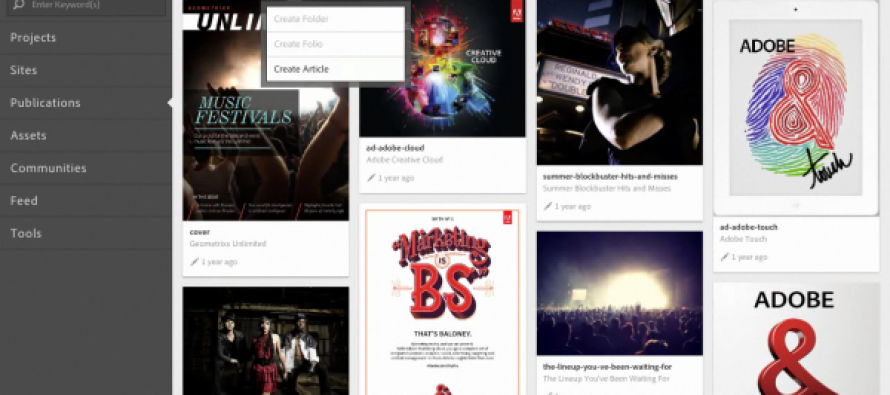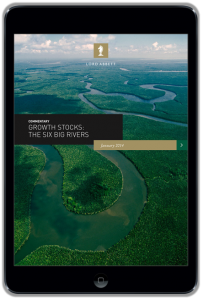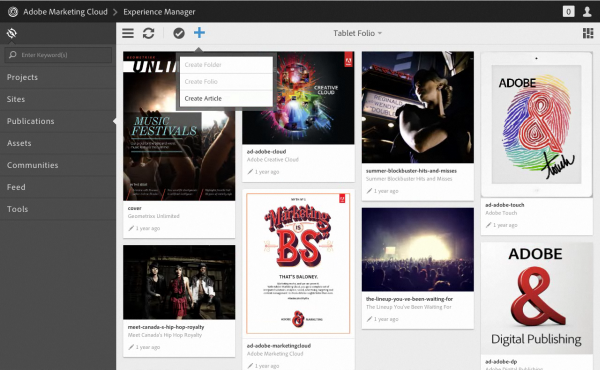Adobe Integrates Digital Publishing Suite with Experience Manager

This one I think wasn’t really expected by many (but I could be wrong). Today, Adobe announces a tight integration between Adobe Experience Manager and its Digital Publishing Suite (DPS).
The DPS, sweetheart of the online magazine publishing business has always seemed separate from any content management capabilities at Adobe. You brought in your designers, worked with content authors and published out flashy, creative magazines. And I’m sure customers were happy (and still are).
But things are changing aren’t they? In a conversation with Loni Kao Stark, Director, Product and Industry Marketing at Adobe, three trends are driving major changes in how brands leverage content technologies:
- Content marketing is changing the way brands interact with customers and prospects. It’s the whole idea of brands as publishers and it can be done in a lot of different ways. Stark pointed out that typically DPS is about creatives and designers, but content marketing, well, that’s about content.
- Mobile has become one of the most predominant channels to publish – both tablets and smartphones and it’s quickly starting to replace rich interactive documents. It has become very content centric with a lot of curation.
- Brands need to move quickly. Time to market is faster than ever before.
The DPS AEM Integration
So just how does this new integration work and how does it solve these three trends Kao Stark talked about?
James Lockman, Senior Solutions Consultant for DPS took me through a few examples. This integration gives you true multichannel publishing. All the content you create is stored within Experience Manager.
DPS works the same as it always has with the idea of Folios, a single unit – a magazine that you create to store your articles. Now, when you create a new article, an Experience Manager workflow is kicked off and you are guided through the process of creating a new article. Keep in mind that the templates for articles are still created prior to creating an actual article (usually by a designer/agency).
When you create content now, a CQ editing interface opens and you create your content, or you select from content assets that already exist. This places the creation and management of content assets (text, visual, etc..) within Experience Manager, and the authoring and delivery via DPS. Also new is full analytics for DPS from Adobe Analytics, so you can measure the effectiveness of your content marketing.
Think about what this integration offers you – a way to curate great content and tell stories through a highly visual interface on your mobile devices. It’s about more than a flashy online magazine, it can be leveraged for any type of interactive content: customer communications, elearning, sales enablement, or magazines. It gives content marketers a place to create and distribute great content without being Indesign experts.
Kao Stark said that Vanity Fair uses it, Lord Abbett (a financial investment firm) uses it, CMO.com (Adobe’s marketing publication) . Stark said it’s a perfect opportunity for people with highly curated content or that have a certain knowledge they want to share. Think, “here’s what you don’t know but should” – lean back.

CMO.com app
With your subscription to any publication you will receive notifications of updates, new issues/editions.

Lord Abbett app
According to Adobe, more than 150 million digital publications have been downloaded on mobile devices since DPS launched and readers spend an average of 50 minutes in DPS digital editions every month. So you know online magazines popular. Now take that popularity and think about how it could double when used in a marketing context. Now you’re thinking…
Print this article



